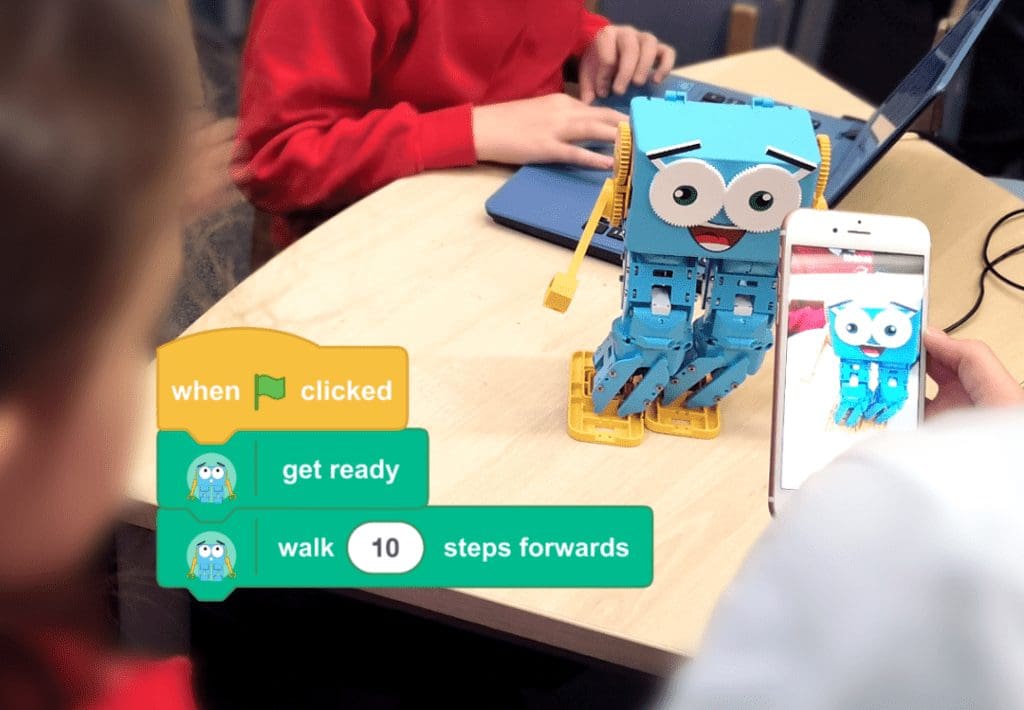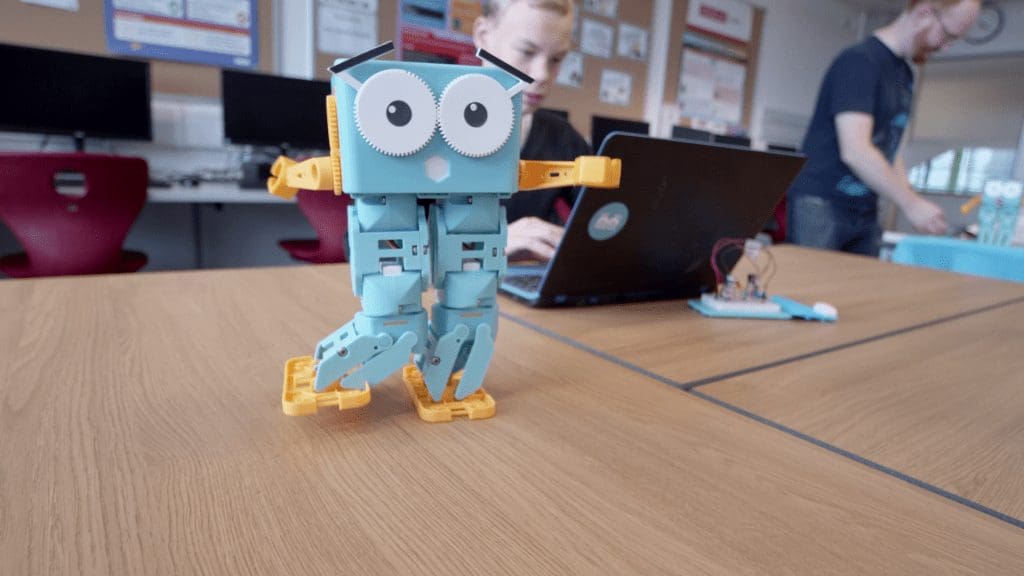It can often be difficult for students to appreciate the real-world applications of math concepts they learn. For many, they find it far easier to enjoy math if they are taught how they might use those skills in their future lives and careers. With coding becoming more and more prevalent in school across the world, many educators have found benefit in incorporating coding into other areas of the curriculum, especially math. With its emphasis on problem-solving, pattern recognition, problem decomposition, and abstraction, coding has emerged as a powerful tool to enhance mathematical learning.
When it comes to coding, no matter the project, numbers are bound to crop up. Whether they’re plotting movement, or tracking high scores, numbers are always needed – and with time, a child’s numerical confidence will grow. Learning math with coding can make children more patient and methodical, it can help them to visualize abstract sums, and it can make numbers feel less scary.

One key aspect where coding proves invaluable is in helping students visualize connections between mathematical concepts. By engaging in coding challenges that require multiple approaches to problem-solving, students not only deepen their understanding of mathematical principles but also develop perseverance and problem-solving skills. For instance, when tackling abstract problems, students are encouraged to explore various strategies, ensuring sustained engagement and meaningful learning experiences.

Geometry:
Teaching geometry can be fun and interactive using coding. For instance, students can program Marty to move in specific directions, by taking steps and turning. They can experiment by changing the commands to have Marty walk in different shapes like squares or triangles. This visual learning approach makes geometry more engaging and memorable.
.
Arithmetic:
Code can make learning arithmetic more enjoyable too. Instead of traditional methods, kids can create interactive games to practice multiplication, addition, subtraction, or division. They can compete to beat their own or their friends’ high scores. This gamified approach makes math feel like play and helps improve skills.

Graphing:
Using Marty and our Sensor Dashboard, students can also learn about data collection and analysis, a key aspect of math. They can program graphs to represent data they’ve collected, such as mapping out objects using Marty’s distance sensors . While more advanced, this activity allows students to visualize mathematical concepts in a hands-on way. It’s a rewarding way to apply coding skills to real-world problems.
By integrating coding into math lessons, educators can create dynamic learning environments where students not only apply mathematical concepts but also develop essential computational thinking skills. Marty, with its interactive features and educational resources, serves as a beacon of innovation in this regard, empowering students to engage with abstract mathematical concepts in a tangible and immersive manner.
In many classrooms around the world, Marty is used to help bring core subjects and abstract concepts to life. Check out our math lessons on the Learning Portal and get in touch if you’d like more info.



Other posts you may like
Why Probeware Matters in Science Education
In today’s classrooms, hands-on learning is essential. Students learn best when they can see, measure, test, and experience concepts directly. That’s where probeware comes in. By giving learners the tools...
Raspberry Pi and Marty the Robot
Marty doesn’t require a Raspberry Pi to be programmable in unplugged mode, Blocks Jr, Blocks, or python, but it is super-easy to add a Raspberry Pi computer to Marty the…
The Importance of Physical Computing: Why Hands On Coding Matters
What is physical computing? Physical computing is the use of code to control and interact with devices in the real world. Instead of running programs only on a screen, students...
TRY MARTY
FOR FREE
Are you looking for new STEM resources for your classroom? Robotical are loaning Marty the Robot to schools for no-obligation, 2 week trials.